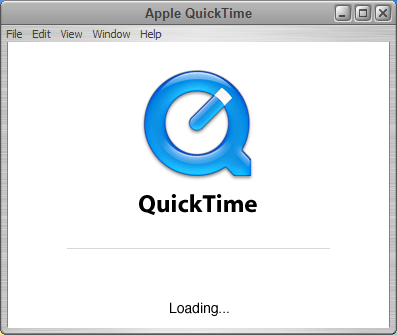

In Mac OS X Snow Leopard, QuickTime 7 was discontinued in favor of QuickTime Player X, which abandoned the aging QuickTime framework in favor of the AVFoundation framework. Īs operating systems and browsers gained support for MPEG-4 and subsequent standards like H.264, the need for a cross-platform version of QuickTime diminished, and Apple discontinued the Windows version of QuickTime in 2016. QuickTime could support additional codecs through plug-ins, for example with Perian.

During its heyday, QuickTime was notably used to create the innovative Myst and Xplora1 video games, and to exclusively distribute movie trailers for several Star Wars movies. The QuickTime File Format became the basis for the MPEG-4 standard. Over the 1990s, QuickTime became a dominant standard for digital multimedia, as it was integrated into many websites, applications, and video games, and adopted by professional filmmakers. QuickTime was created in 1991, when the concept of playing digital video directly on computers was "groundbreaking." QuickTime could embed a number of advanced media types, including panoramic images (called QuickTime VR) and Adobe Flash.

The term QuickTime also refers to the QuickTime Player front-end media player application, which is built-into macOS, and was available for download on Windows until 2016. QuickTime is a discontinued extensible multimedia framework created by Apple, which supports playing, streaming, encoding, and transcoding a variety of digital media formats.


 0 kommentar(er)
0 kommentar(er)
